The Most Common Types of Photography Filters Explained
Using filters to capture more interesting and creative pictures is, for many, an integral part of a solid photography workflow. Along with protecting your lens, filters also serve various purposes in photography.
Whether the lighting conditions are extreme or the overall environment is not favorable, you can use filters to capture stunning photos. But using the right filter at the right time can be tricky.
Today’s article will allow you to understand different types of filters and what each of them does. Before getting into the filter types, let’s first discuss filters in detail.
What are Photography Filters, and Why are They Used?
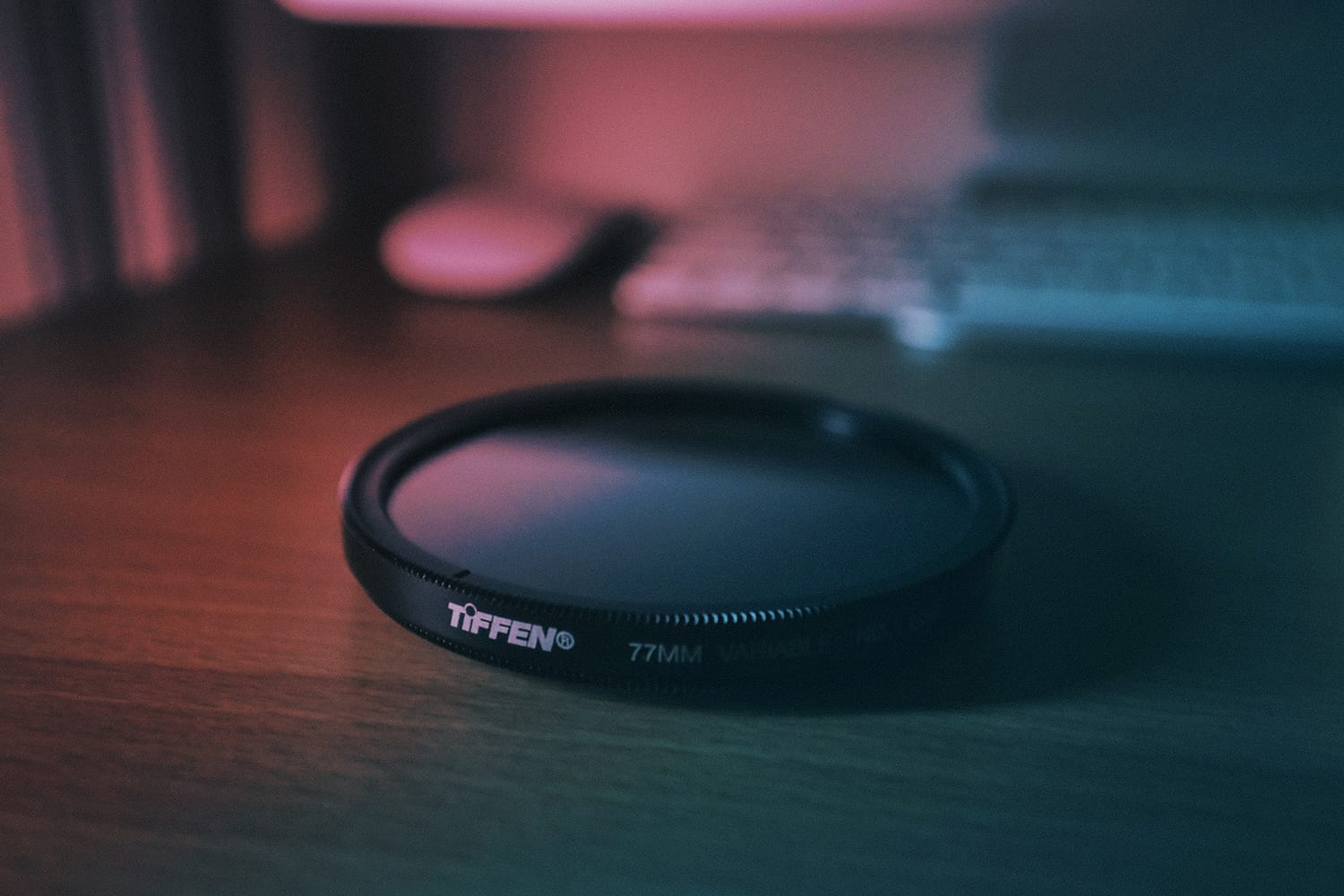
Have you ever wondered why we wear sunglasses? They are undoubtedly fashion accessories, but they also allow us to see better in bright light.
The sun emits some harmful ultraviolet (UV) light that can damage our eyes, and sunglasses help keep our eyes protected from UV damage. Polarized sunglasses can help reduce glare and reflections and improve contrast. Photographic filters can enhance colors, partially or fully reduce the amount of light, protect our camera lenses, and reduce reflections while capturing photos.
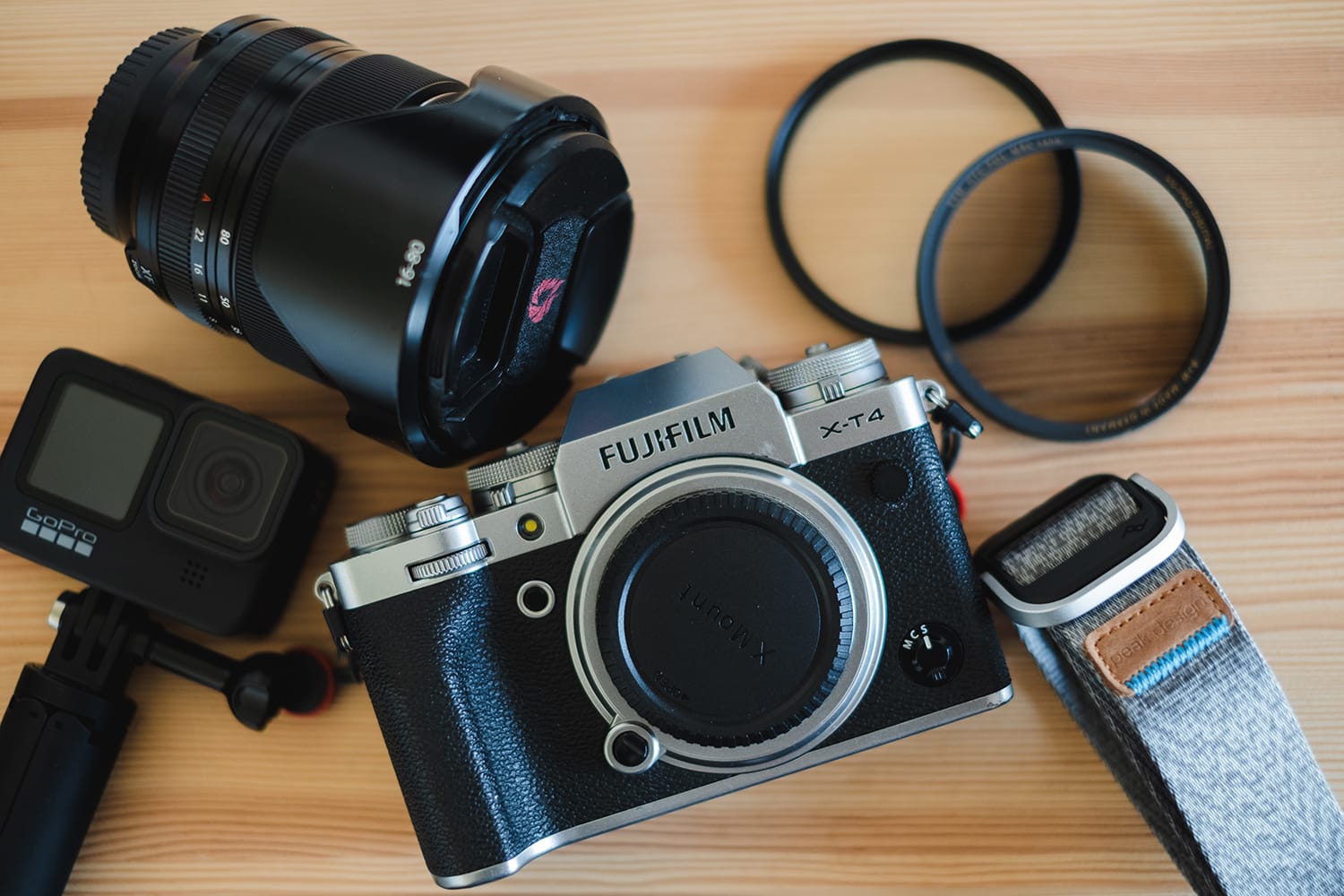
Using filters is not as simple as it sounds, though, since they can easily decrease the quality of your photos if you don’t use them properly. It’s crucial to know the types of filters and which type you should use in certain shooting scenarios.
Different Types of Lens Filters
Lens filters come in various forms and shapes. A very common type of lens filter is the circular filter. You can mount circular or screw-on filters onto your lens. On the other hand, square filters require a mounting bracket or filter holder, but they aim to achieve the same results.
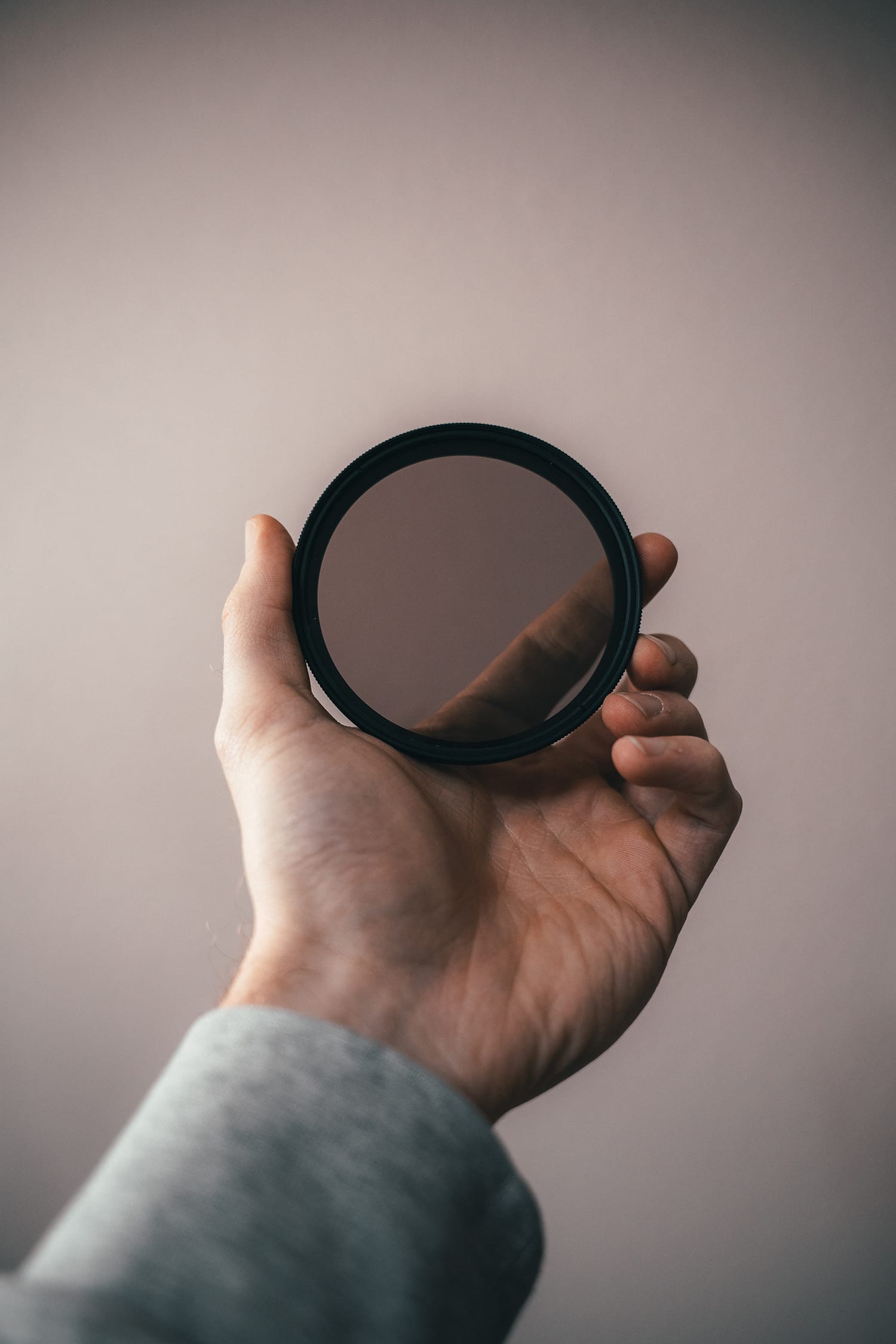
1. Screw-On Filters
As mentioned, screw-on filters, also known as circular filters, can be easily screwed or mounted onto your camera lens from the outside. A range of filters can be made into circular filters, such as color filters, ND filters, polarizers, etc. They come with variable thicknesses and diameters.
2. Square Filters
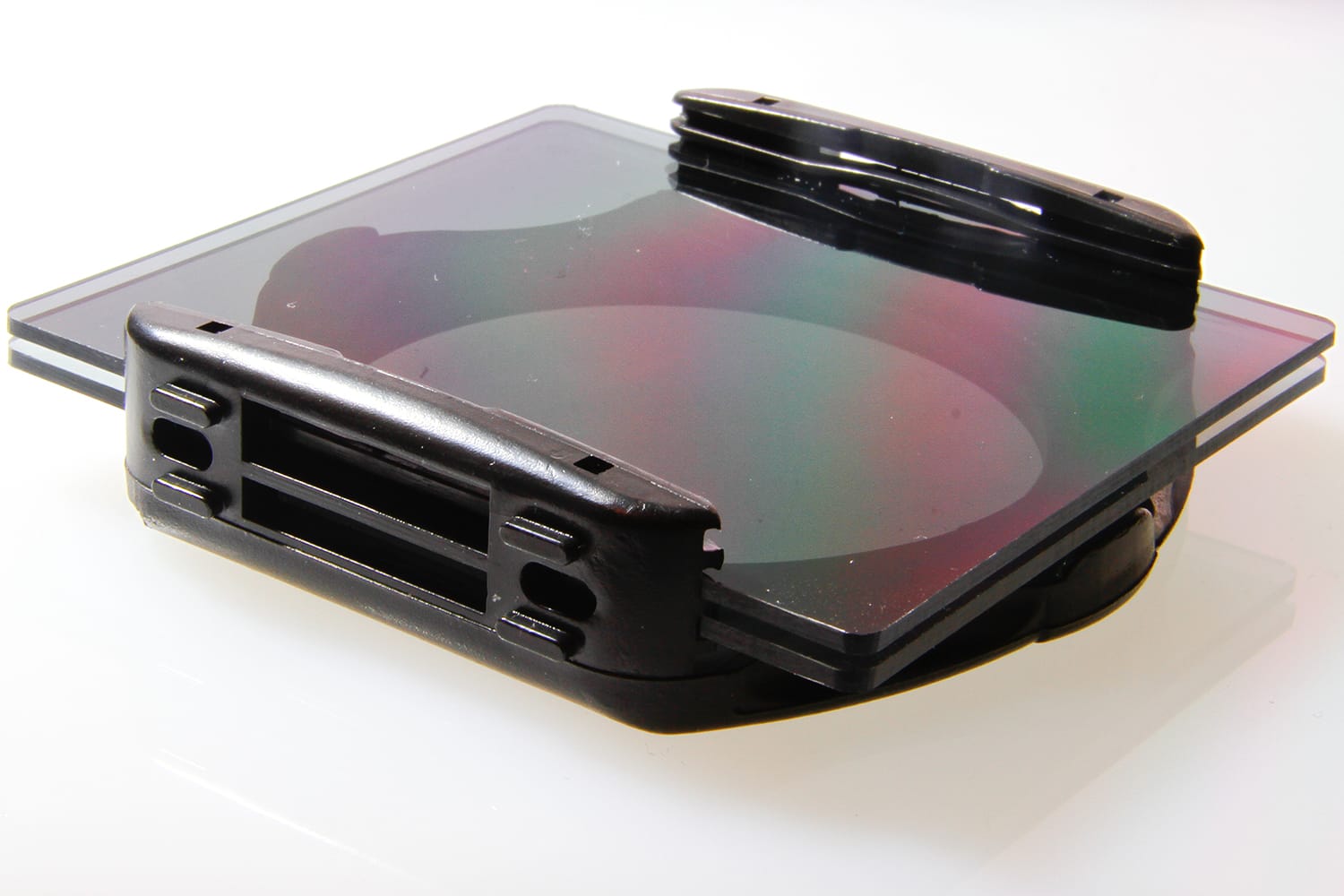
Image by pulaw
A square filter is a very popular type of lens filter among landscape photographers. The great thing about square filters is that you can stack multiple square filters to achieve different results. For example, you can stack multiple Neutral Density filters if you need to reduce the light entering your lens.
They are used with a filter holder directly attached to the front of your camera lens. The most commonly used sizes of square filters are 4 x 4 and 3 x 3 varieties.
3. Drop-In Filters
Drop-in filters usually come with larger front elements. That’s why they are mainly used with telephoto lenses, and you can’t always use them with your circular filter. As the name suggests, this type of filter is directly inserted into a small, specialized port at the back end of your lens.
4. Rectangular Filters
The rectangular filter is another popular choice that landscape photographers use. Just like square filters, you also need to mount them with a filter holder. It provides you with more space without the risks of uneven spots to move around the subject matter. The most popular size of rectangular filters is 4 x 6. They are perfect for vertical landscapes where you want to capture both the foreground and the sky.
Types of Lens Filters Explained
Here are some of the most common and useful types of lens filters. Read on to learn more about the effects that each filter type produces.
1. Macro Filters
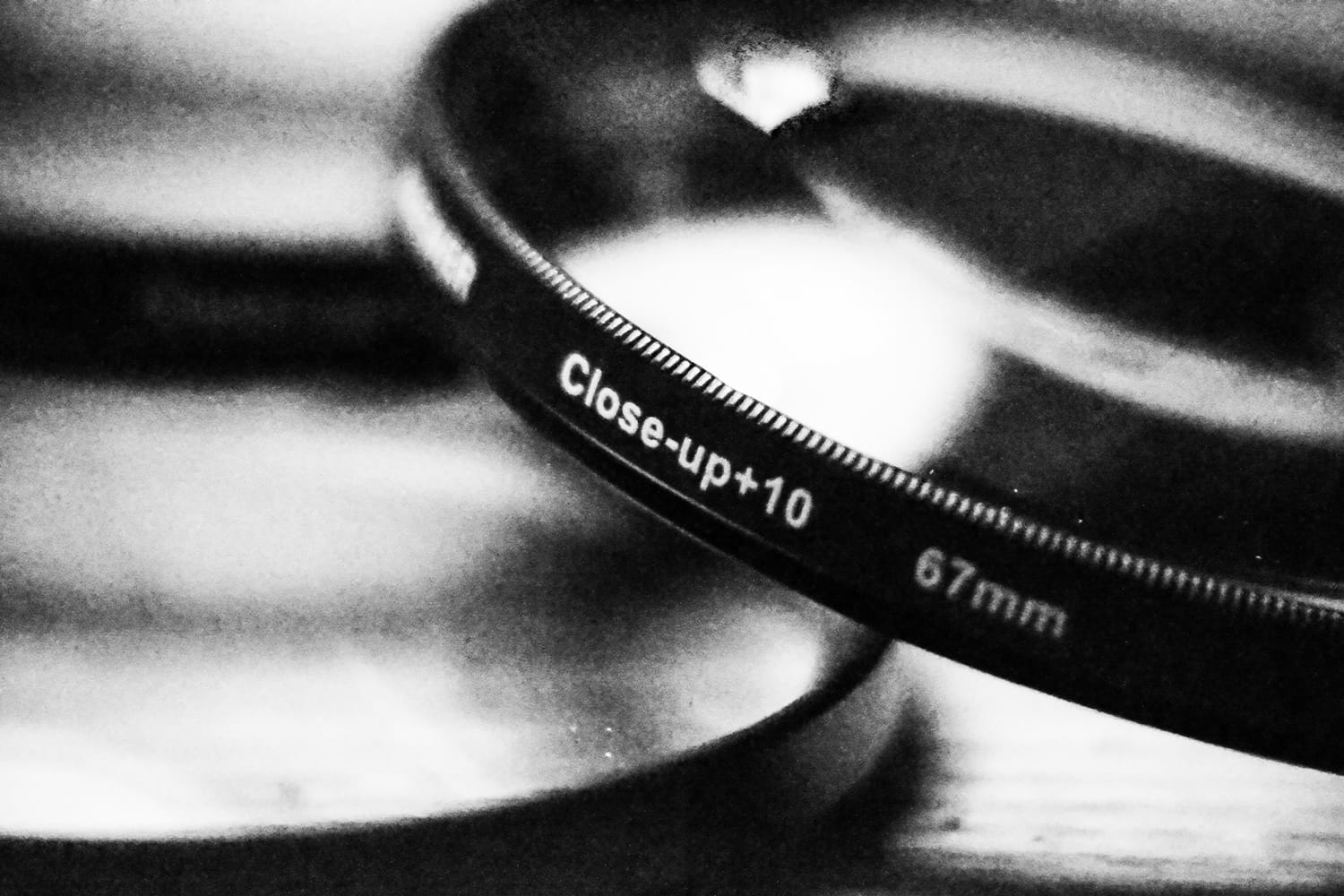
These filters are more commonly known as close-up filters as they’re similar to lenses in that they magnify your subject. However, you still need to attach them to your lens like regular filters, and that’s why they’re commonly referred to as filters.
They usually look like a CPL (circular polarizing filter) or ND (neutral density) filter. Like many other filter types, you can also screw-on macro filters and affix them to your lens. Of course, you always need to match the size.
There are two common types of macro filters on the market; the single-element and the double-element macro filters. As the name suggests, the single-element macro lens comes with just one piece of glass. On the other hand, the double-element has a few pieces of glass.
The main difference between the two types is that a single-element macro filter is a lot less expensive than a double-element. It’s also more prone to distortions, blur, and chromatic aberration.
2. Skylight and UV Filters
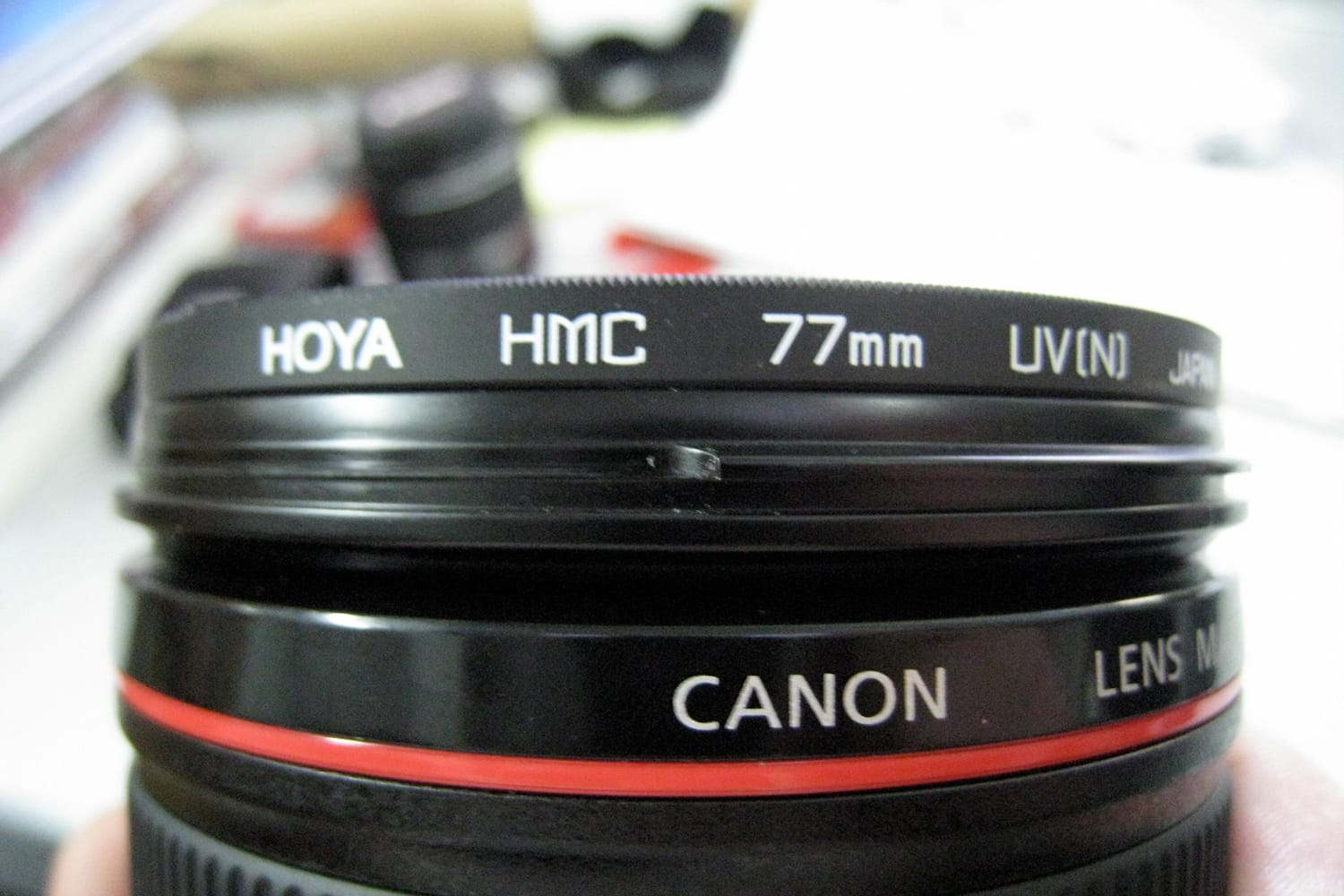
Image by Cheon Fong Liew
UV and skylight filters are usually used to protect your camera lens from scratches, dirt, and moisture. These properties make these filters a perfect solution to capture photos in muddy, dusty, and wet environments.
Moreover, UV filters have also been used to keep photographic film safe from UV light that can cause fogging and haze.
On the other hand, a skylight filter is the best option while capturing photos under a clear and bright blue sky. Not only can they keep the skin tones from getting washed out by the light, but they can also reduce the blue cast that can sometimes appear when shooting outdoors.
Keep in mind that these filters can reduce the quality of your photos slightly. It’s often a balancing act between more sharpness and contrast or better protection.
3. Polarizing Filters
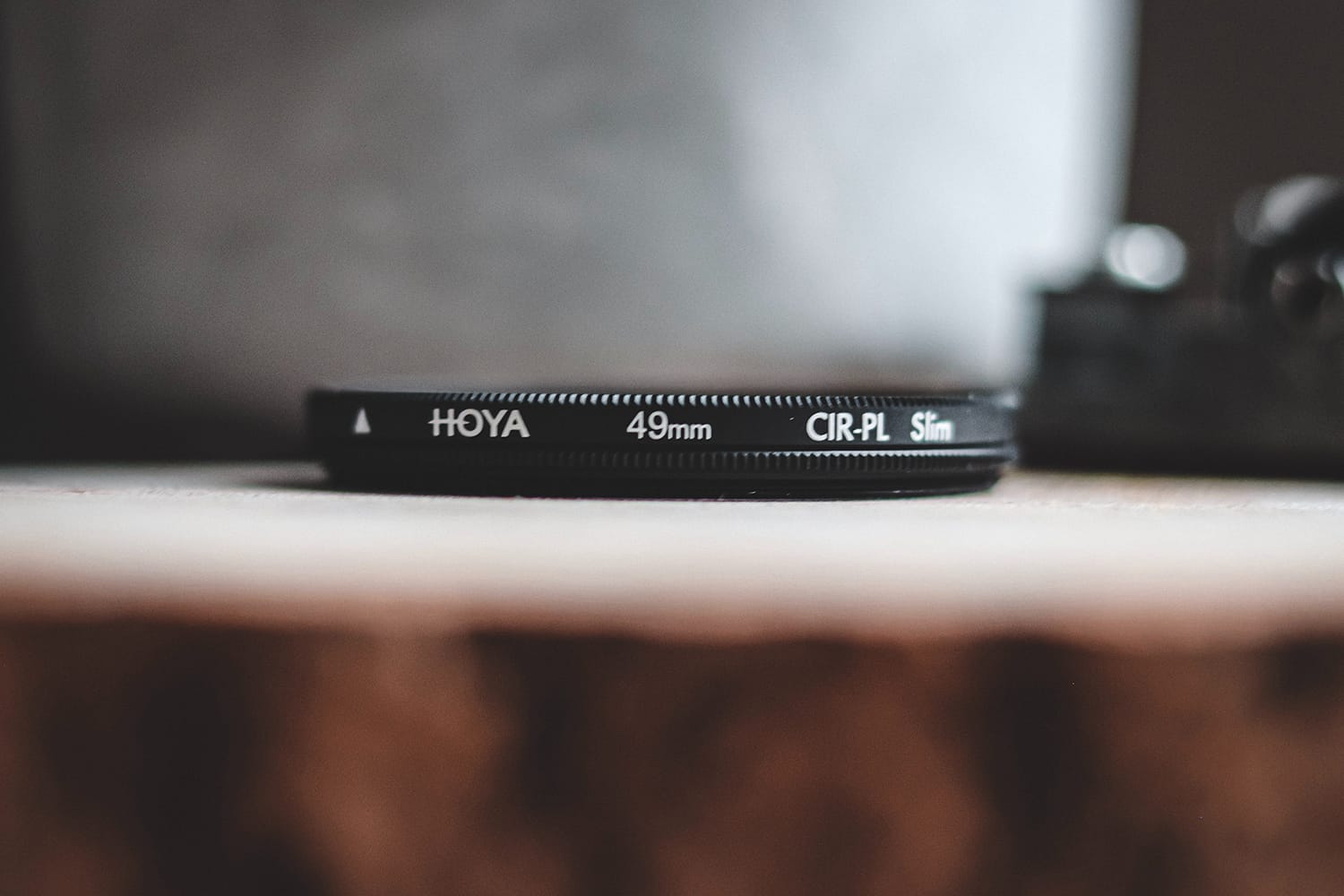
Polarizing filters are usually either linear and circular. A circular polarizing filter is a linear polarizer but with an additional attached glass element at the back.
When you align two elements at the right angle with the sun also at the right angle, you will have photos with higher overall contrast, fewer reflections, bluer skies, and more saturated colors.
4. ND (Neutral Density Filter)
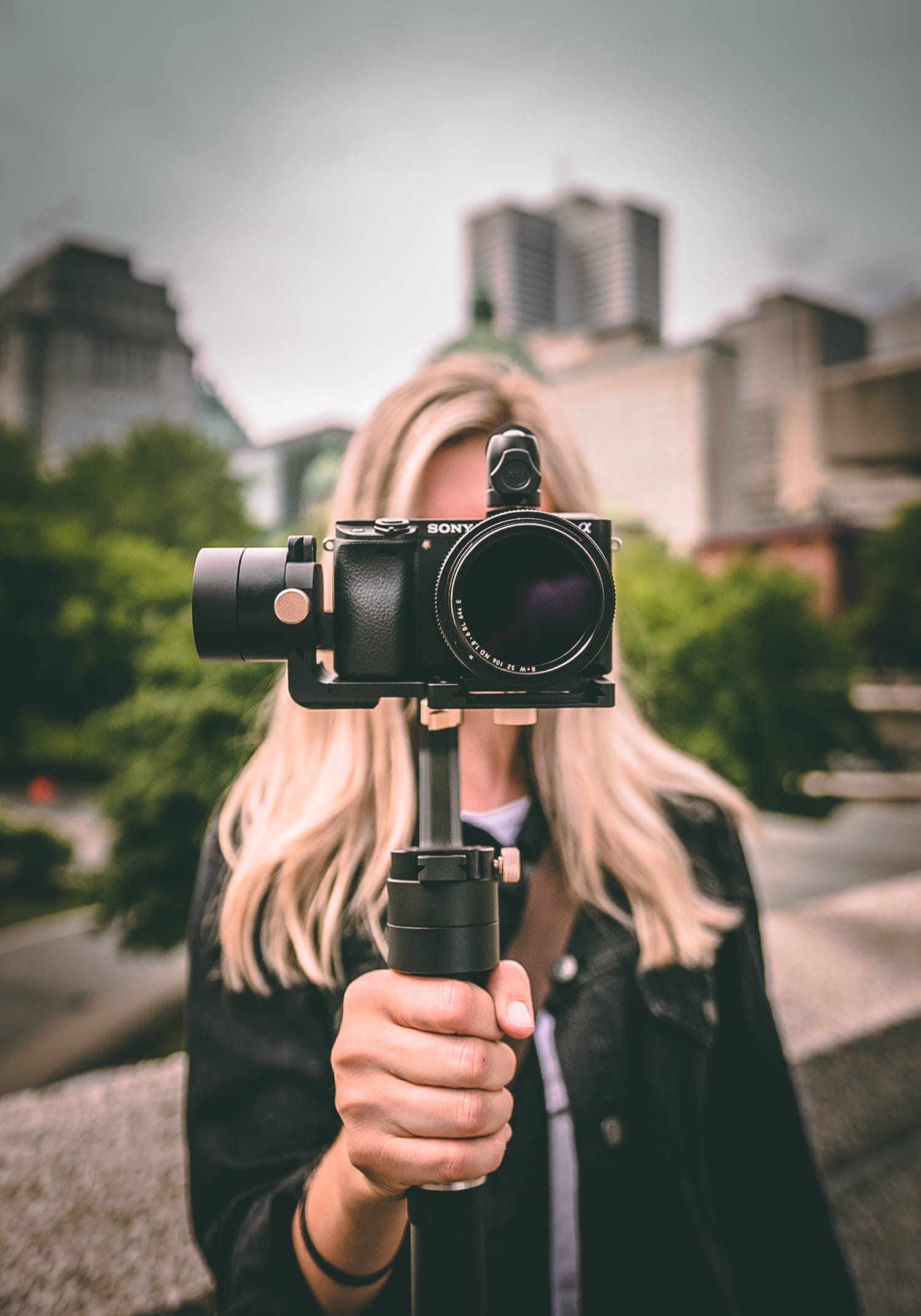
The main purpose of an ND (neutral density) filter is to reduce the amount of light hitting the camera sensor. Therefore, it can help increase the exposure time and decrease the shutter speed.
ND filters can be used to capture long exposure images, even in broad daylight.
This type of filter also comes in handy in flash photography. You would most probably end up having an overexposed subject matter if you’re shooting with a flash on a sunny day.
To produce dramatic effects with 1/250 shutter speed at f/2.8 aperture, the sync speed of flash limits you to increase your camera’s shutter speed. So, in cases like this, you can only stop down your aperture to a significantly large number, such as f/8 or f/11. That means you won’t be able to isolate the subject matter from the background. Using an ND filter will save you from all the lighting trouble in capturing the desired photo.
You can find several types of ND filters that you can use in different situations, and here are some of the most important ones.
- GND (Graduated Neutral Density) Filter
- Soft edge GND
- Reverse GND
ND filters can be either rectangular or circular. I personally prefer circular ND filters for their convenience, but rectangular ND filters are also great – and you can even stack them for even more light-stopping power.
Pro tip: Avoid stacking neutral density filters with wide-angle lenses because they can easily create unwanted vignetting.
5. Color Filters
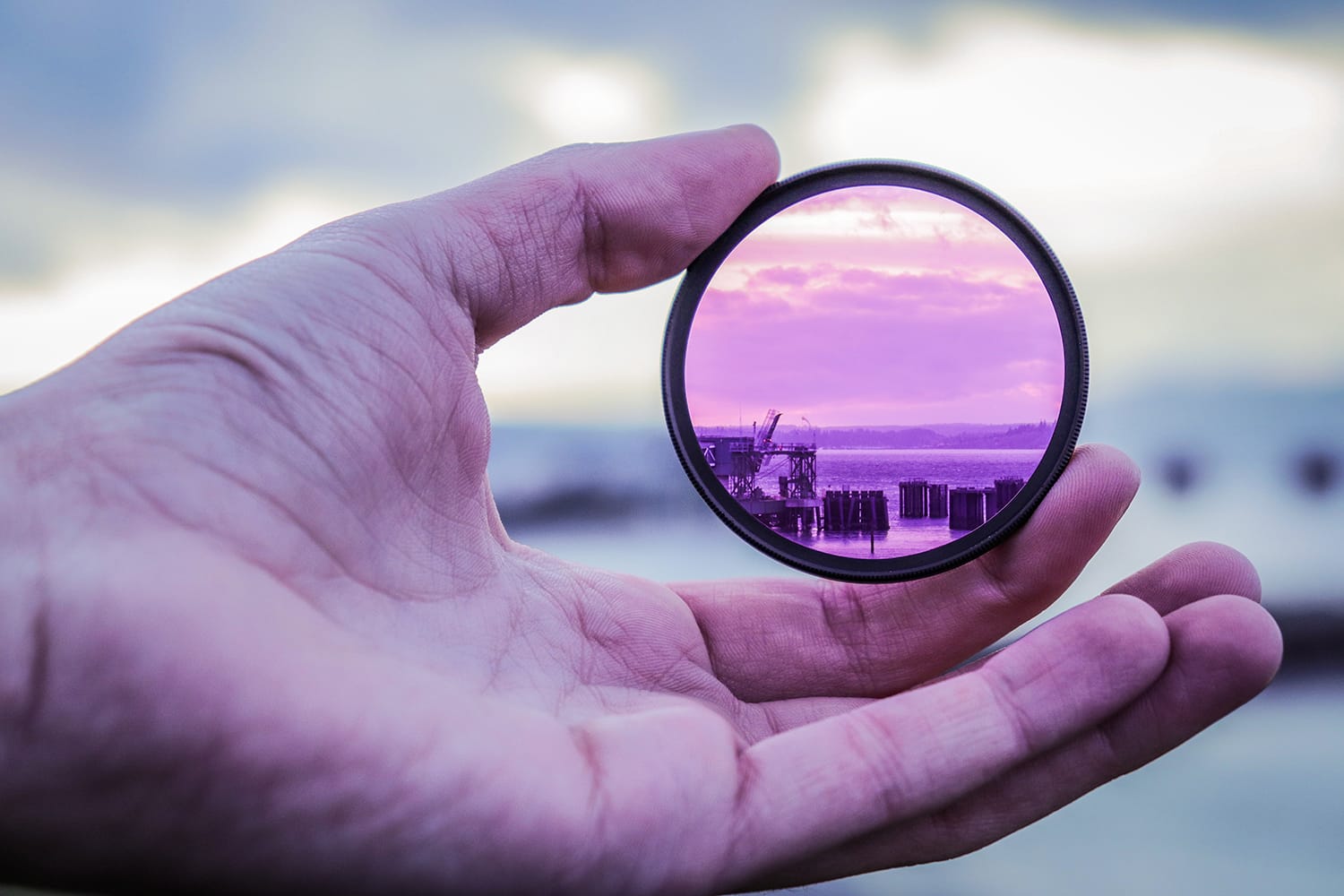
Color filters allow you to create cooling or warming effects. They are most commonly used to change the white balance of your camera. There are a couple of color filter types available on the market, which are:
- Color subtraction
- Color correction
The color subtraction filter is generally used to absorb a single color and allows the rest to pass through, and the color correction filter is used to correct the white balance.
The color filters were once very popular in the film industry, and they are not very commonly used in digital photography. That’s because post-processing tools such as Adobe Photoshop, Adobe Lightroom, and others allow you to adjust white balance after the fact easily.
6. Special Effect Filters
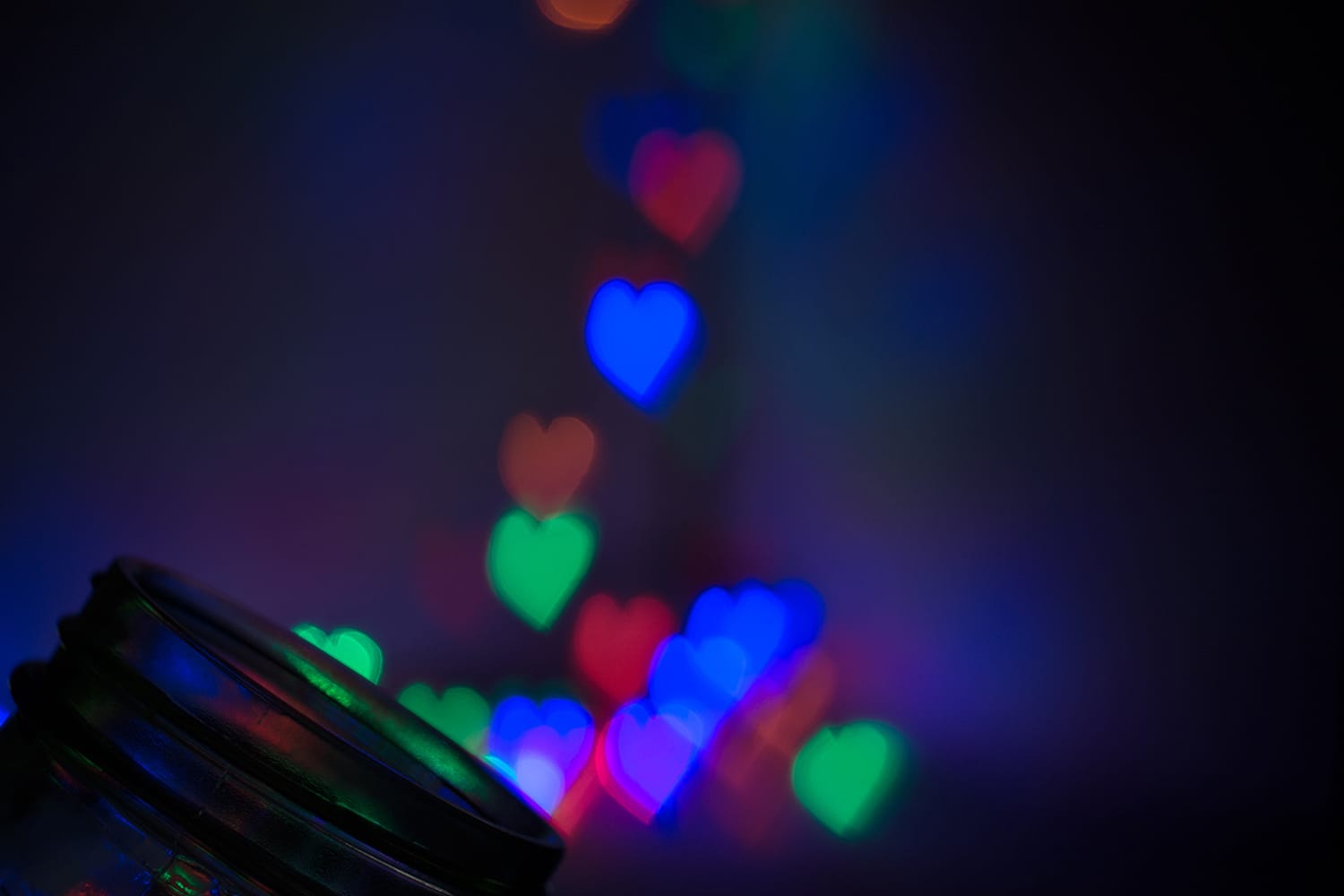
Just like color filters, the same is the case with special effect filters. The functionality that these filters offer can easily be achieved using post-processing tools.
But still, there are some special effect filters that can’t be easily replicated in post. For example, a Bokeh filter can’t be produced using post-processing tools because it’s not as easy to change the highlights.
Bokeh filters are essentially lens caps with a shape cut out in the middle. When shooting with a large aperture such as f/1.4, it turns the highlights in the background in that cut-out shape, making for very creative photographs.
Other filters such as colored streak filters can yield interesting results under the right conditions.
Final Word
There you have it. These are some of the most common filter types. We hope that this guide will help you to improve your overall photography skills in different lighting situations.
